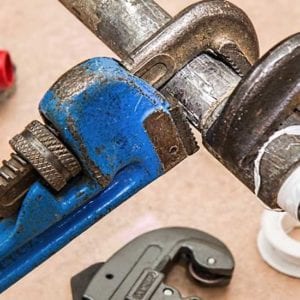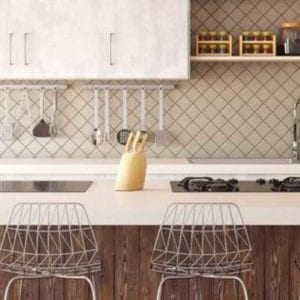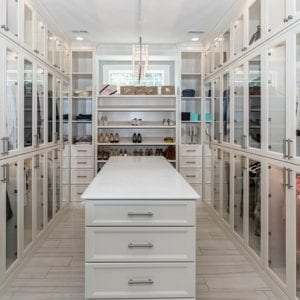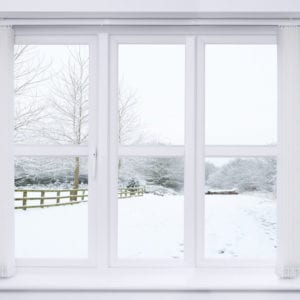What Most People Don’t Know About HVAC Warranties
HVAC warranties are supposed to give peace of mind. When it comes to your family’s home comfort, it’s important to know you can count on the warranty to cover you. Unfortunately, homeowners who thought they had warranty coverage too often find themselves on the hook for substantial repair costs.
Why are HVAC warranties so often a source of frustration? Is there a way to make sure you’re covered in the event of an emergency furnace or A/C breakdown? The truth is, there’s no such thing as a fool-proof manufacturer’s warranty. Warranty coverage can vary greatly between manufacturers, and even between different product lines from the same manufacturer, in terms of:
- Which components are and aren’t covered
- When the warranty coverage begins and ends
- How to make a warranty claim
- What can void or end your coverage
- The requirements to extend or continue the coverage
To add to the confusion, your warranty coverage can change after the system has been purchased and installed.
At AtlasCare, we understand that heating and cooling equipment is a substantial investment. Not only is a new furnace or air conditioner costly, but it affects your family’s comfort and wellbeing as well. It’s important you know exactly what you’re getting (and what you’re not getting) out of your HVAC warranty coverage. We’ve outlined what you should look for when it comes to reading HVAC warranties.
Types of HVAC System Warranties
Not sure if your equipment is under warranty? First, understand that there are several types of warranties to consider:
- The manufacturer warranty is an agreement with the company that made the equipment and comes with your purchase. These warranties typically offer limited coverage that begins when your equipment was purchased or installed, with the option for extended coverage upon registration.
- The installation warranty or contractor warranty is an agreement with the HVAC contractor that installed your equipment. It covers defects or accidental damage that occur during installation. Reputable HVAC repair companies in Ontario Canada guarantee their work with an installation warranty. Our unconditional warranty covers everything we install for five years, including all replacement parts and labour.
- In some regions, a home warranty may cover the HVAC units that comes with new construction. However, here in Ontario, your Tarion warranty coverages do not cover HVAC equipment.
- This article mainly concerns manufacturer warranties on furnaces, water heaters, air conditioning, and other heating and cooling systems.
Things You Might Not Know About HVAC Manufacturer Warranties
Planning to replace your furnace or buy a new air conditioner? Take a second look at the warranty before you make your choice.
- You need to register your equipment to unlock the extended warranty. Warranty registration is a crucial step in installing a new furnace, air conditioner, water heater, or any other significant part of your HVAC system. Usually, you have a 60-day or 90-day window.
- System and parts warranties may not cover labour. The manufacturer may have you covered when it comes to replacement parts, but not the HVAC contractor’s labour. Some manufacturers, like York, do cover labour on their air conditioners and furnaces – but only for a limited time after installation. Always check the scope of the warranty before you buy.
- Different components may have different warranty terms. The manufacturer warranty often sets out different terms for different parts of the system. For example, Lennox’s Signature Series Furnaces have a 20-year or limited lifetime warranty on the heat exchanger but only 10 years on other parts.
- You can lose your warranty if you don’t have your equipment serviced annually. Many manufacturer warranties for big-ticket appliances like furnaces, air conditioners, or water heaters are void if you skip your annual tune-up. When it comes time to use your warranty, the manufacturer may require documentation from your service technician as proof. It’s not the only reason to invest in annual service for your furnace or air conditioner, but it’s an important one.
- If the wrong person services your equipment, the warranty on that equipment is void. Most HVAC warranties are void if the equipment is installed by someone who isn’t a certified technician. This goes for accessories like smart thermostats, too. Don’t let your eagerness to do-it-yourself lock you out of your warranty coverage.
- If the unit is under extended warranty, only a dealer of that manufacturer can claim back the warranty for you. Keep this in mind when dealing with a third-party dealer.
- Finally, although the warranty may cover the cost of HVAC repair, that doesn’t necessarily mean fast HVAC repair. Manufacturer warranties seldom cover the additional cost of emergency service or service after hours.
What to Do If Your System Isn’t Under Warranty
In a best-case scenario, the manufacturer warranty on your heating or air conditioning system has you covered. Sadly, that isn’t always the case. You might be surprised to find out that your coverage isn’t as solid as you thought.
AtlasCare takes steps to ensure our customers get the most out of the equipment we install for them. We take care of the warranty registration, organize the documentation in a custom-made folder, and provide an unconditional five-year warranty on parts and labour. Although diagnostic charges are not covered under a manufacturer warranty, if you complete a service contract with us, it is covered.
Beyond that, we encourage our customers to invest in a Protection Plan that covers home comfort equipment beyond the limited warranty. Given that a well-kept furnace or air conditioner can last for 15 to 20 years, it’s a worthwhile investment.










